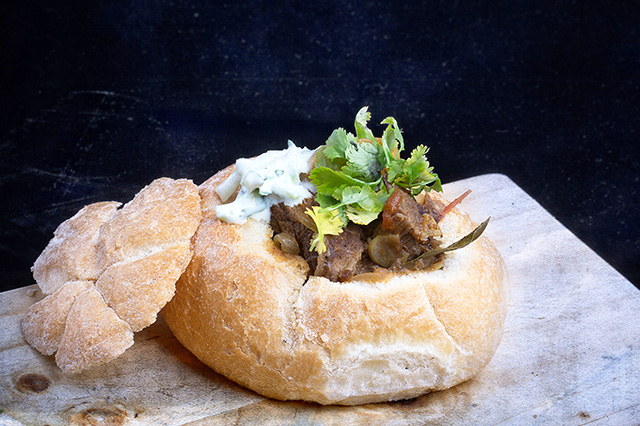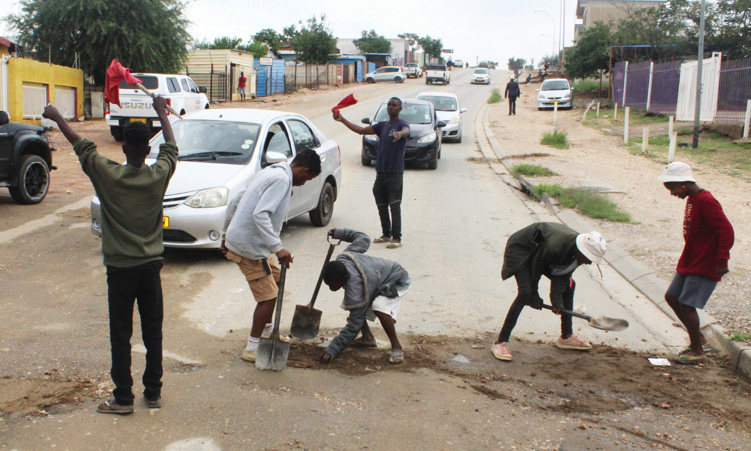Back in the day when it became time to select a career, the choices were often focused on a number of industries: Medicine, education, finance, business, law, manufacturing and agriculture.
Some children followed in the footsteps of a parent, and some did something completely different. Some joined the family business, and some started their own. Others simply took up employment with businesses that had nothing to do with their family.
I do not know what career choices young adults have today. I assume some of the ‘old classics’ are still popular, while others have fallen from grace. Many new options have been created with the technological explosion that occurred over the past two decades: Influencers, digital nomads, online shop owners, independent contractors in the gig economy, and so forth.
But what about farmers? Are there still young adults who want to be farmers?
Maybe it is an unfair question to ask during a dry year when farmers are being put to the sword, but I fear that it is a question that would need an answer sometime soon, if not now.
Consider the following factors. Water in Namibia is scarce due to low and variable rainfall and high rates of evaporation. Our perennial rivers are far from the areas with the highest demand for water, and we share these rivers with neighbouring countries, which makes it difficult to manage them. Storage dams are subject to high water losses due to evaporation. The impoundment of water in ephemeral rivers causes a lowering of the water table and reduces downstream aquifer recharge. The recharge rates of groundwater reserves are low and farmers and towns in central and western Namibia depend heavily on these groundwater reserves for their daily needs.
Agriculture accounts for 70% of water used annually but produces only 10% of the GDP. Thus, the value added to water used in agriculture is very low compared to that of manufacturing or tourism and other service sectors. At the same time, studies have shown that Namibia’s rainfall has decreased over the past 50 years.
The government estimates that nearly 70% of the Namibian population depend on agriculture for their livelihoods in terms of food, income and employment. “It is an undisputable fact that the productive capacity of agrarian land in Namibia has been severely diminished as a result of land degradation, to which bush encroachment and small land use are the major contributors.” In addition, commercial agricultural land is expensive, and the ‘land question’ remains unresolved. These add to the uncertainties of the sector.
These are just a few factors which shape the future of farming. As it stands now, Namibia has chronic food deficits. These are worsened by the current drought, but are by no means caused by it. Our current farming systems are failing us. Namibian farmers do not produce enough food to meet local demand. More and more food has to be imported, which means food is getting more expensive and prices are unstable.
Our farming systems are inefficient and poor value for money when it comes to the use of water.
The squeeze is on and it is getting tighter. Even though we may receive sufficient rain to break the drought this year, the overall rainfall trend is downward, and the next drought will just be around the corner.
It seems shortsighted to think that we could continue to farm the way we are doing now. Should we not embrace better technology in the search for better food production?
Should we not consider importing some of the knowledge that drives the latest progress in developing farming systems that require little water and almost no land?
Should we not consider getting people off land and into jobs?
Should we not consider strategies to bring high-value sectors such as tourism to rural areas to help diversify farmers’ income streams?
It is perhaps not surprising that the discussions around the land issue die down when there is a drought. Who wants land when there is no rain?
More importantly, who wants to be a farmer?
To help you contemplate the weighty question, here is a recipe for Pienang (or Pinang) curry. A Cape Malay dish that traces its origins to Java in Indonesia. There are many versions of this dish and recipes vary by family. As always, a good place to start is with one of Cass Abrahams’ recipes.
Pienang curry is characterised by the use of tamarind (or lemon juice) that gives the dish a slightly sour flavor. You could serve it with jasmine rice, or use it as a filling for a bunny chow, as I have done.
• 2 bay leaves
• 1/4 teaspoon whole cloves
• 4 allspice berries
• 5 cloves garlic
• 2 sticks cassia
• 4 tablespoons vegetable oil
• 1 kg lamb
• 1 tablespoon masala
Stay informed with The Namibian – your source for credible journalism. Get in-depth reporting and opinions for
only N$85 a month. Invest in journalism, invest in democracy –
Subscribe Now!










